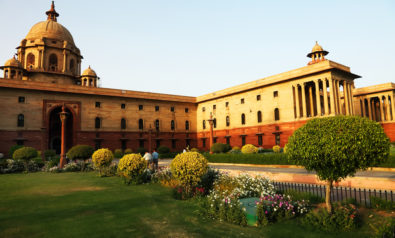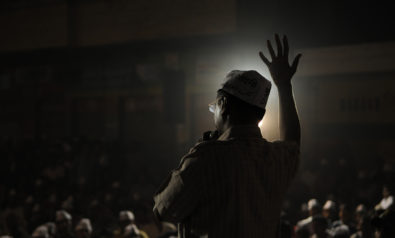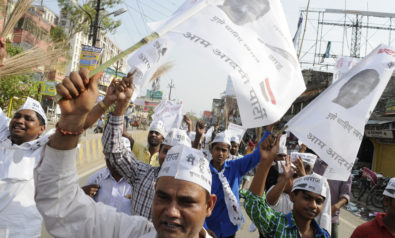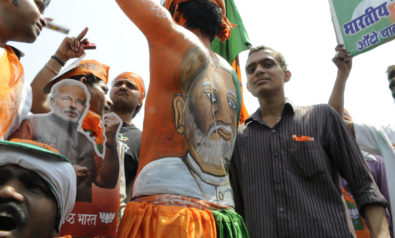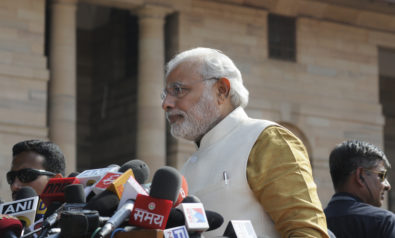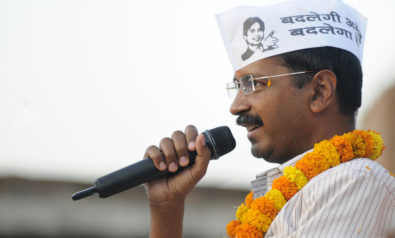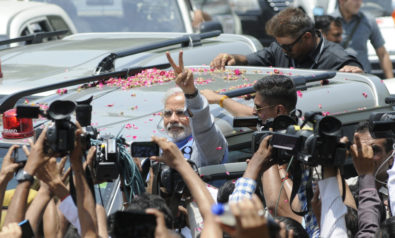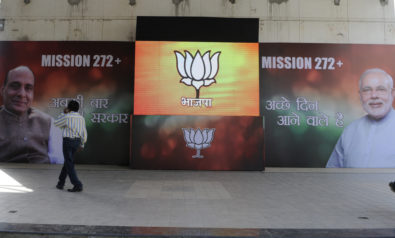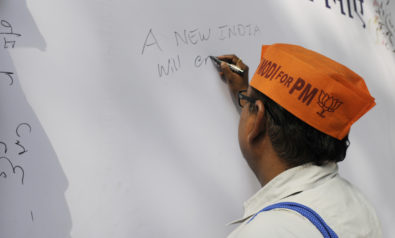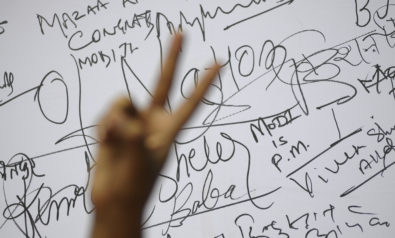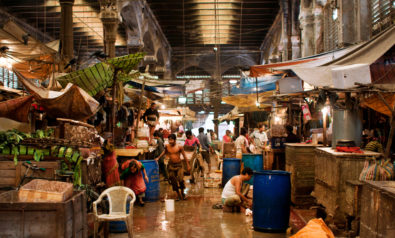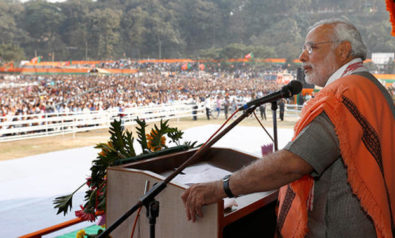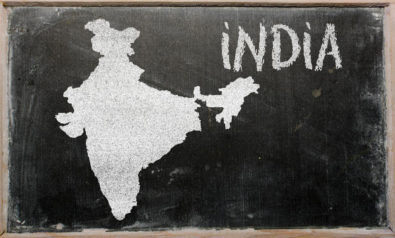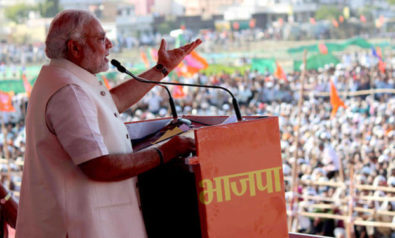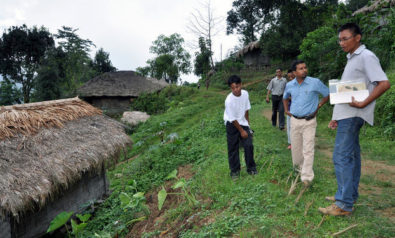The world’s biggest electoral exercise is upon us, as India heads to the polls.
Background
The Indian constitution provides a term of five years for the Lok Sabha, India’s lower house of parliament that is elected directly by the people. It is the equivalent of Britain’s House of Commons, after which it is modeled.
The term of the current Lok Sabha is coming to a close and the world’s biggest electoral exercise will take place from April 7 to May 12. There are 543 constituencies and 814 million voters. An autonomous Election Commission of India (ECI) conducts the election across 930,000 polling stations using 1.4 million voting machines.
The main contenders in the election are the National Democratic Alliance (NDA), led by the Bhartiya Janata Party (BJP); the United Progressive Alliance (UPA), led by the Congress party; and the Third Front consisting mainly of communist and socialist parties.
The BJP’s prime ministerial candidate is Gujarat Chief Minister Narendra Modi. Modi has emerged to the forefront on his administrative record in Gujarat. In four consecutive terms, he has furthered industrial and agricultural development in the state. He is also accused of causing the 2002 Gujarat riots that saw at least 1,000 people killed, which is why minorities dread him.
The Congress has declared Rahul Gandhi, the son of the Italian-born party leader and the great grandson of Jawaharlal Nehru, to be their leader. The party has been in power for most of the time since India’s independence and is despised by the country’s middle-class for corruption.
Apart from the NDA, UPA and Third Front, the Aam Aadmi Party (AAP), whose name literally translates as the common man’s party, has emerged as an anti-corruption movement. Its leader, Arvind Kejriwal, is charismatic and his party is fielding several high profile candidates. Many speculate that it might play a decisive role in the formation of the next government in case no alliance manages to win a majority.
Why are the 2014 Indian Elections Relevant?
First, the Indian elections are the largest democratic exercise in the world. Many young democracies have long looked up to India since the days of its freedom struggle as an exemplar.
Second, India is the most diverse country in the world in terms of languages, religions, castes and more. It is a miracle that India’s rambunctious democracy continues to persist. The country is held up as a model for multi-ethnic and multi-religious states.
Third, elections in India are lengthy and expensive exercises. This election is the longest and costliest yet. The ECI estimates that parties will spend $5 billion, making this the second most expensive election ever. Only the 2012 US presidential election, with its $7 billion spending, cost more.
Fourth, this election is one where three contending visions of the country are at stake. Modi is offering to replicate the business-friendly high-growth model that he has unleashed in Gujarat. Gandhi is promising more of the same. His party has promised reservations for lower castes in the private sector and more government-led schemes for generating employment. Kejriwal has set his sights on more grassroots democracy, an anti-corruption drive and Chavez-style economic populism.
Fifth, this is an election not about hope but instead about fear. Many fear that if a Gandhi-led Congress was to win the elections, Indian institutions would crumble entirely. Modi has a reputation for being haughty, authoritarian and vindictive. Both Muslim and Christian minorities are convinced they will be reduced to second-class status if he takes over.
Finally, all current trends indicate that a single party will not win an outright majority. Inevitably, there will be a coalition in which smaller regional parties will play a key role. In India, this invariably leads to dubious practices such as horse trading, granting of favors and even money changing hands.
India’s centralized state is sputtering and its audacious experiment in nation-making is at a crossroads. The Indian elections will determine whether this increasingly fractious nation continues to pull together or starts drifting apart.
Image: Copyright © Shutterstock. All Rights Reserved
For more than 10 years, Fair Observer has been free, fair and independent. No billionaire owns us, no advertisers control us. We are a reader-supported nonprofit. Unlike many other publications, we keep our content free for readers regardless of where they live or whether they can afford to pay. We have no paywalls and no ads.
In the post-truth era of fake news, echo chambers and filter bubbles, we publish a plurality of perspectives from around the world. Anyone can publish with us, but everyone goes through a rigorous editorial process. So, you get fact-checked, well-reasoned content instead of noise.
We publish 2,500+ voices from 90+ countries. We also conduct education and training programs on subjects ranging from digital media and journalism to writing and critical thinking. This doesn’t come cheap. Servers, editors, trainers and web developers cost money.
Please consider supporting us on a regular basis as a recurring donor or a sustaining member.
Support Fair Observer
We rely on your support for our independence, diversity and quality.
Will you support FO’s journalism?
We rely on your support for our independence, diversity and quality.



